Abstract
The rational selection of animals for experimental purposes is a very important part of the experimental design. The information obtained is neither as accurate and precise as it could be nor is it generally applicable to the body of knowledge in its field unless it utilizes the proper animal model. There are four major types of animals available for use in biomedical research, and each has its specific applicability. First, randomly bred animals can be derived either from colonies or from wild populations. They are particularly useful for first-level chemical screening, as a source of mutants, and as the starting material for developing inbred lines. Randomly bred animals from wild populations are also useful for studying the dynamics of genes in natural populations. Second, specifically structured outbred populations provide a stabilized gene pool that is useful for first- and second-level screening procedures. Third, inbred strains and F1 hybrids are useful for studying individual traits in a population, for answering specific experimental questions, for comparing results over a long period of time, and for detailed genetic analyses. Fourth, congenic strains are useful for studying the effects of specific genes and their alleles against a common inbred background. Detailed knowledge of the properties of these different types of animals and of the cost-effectiveness of their use provides an important basis for the appropriate choice of animal models for biomedical research.
Full text
PDF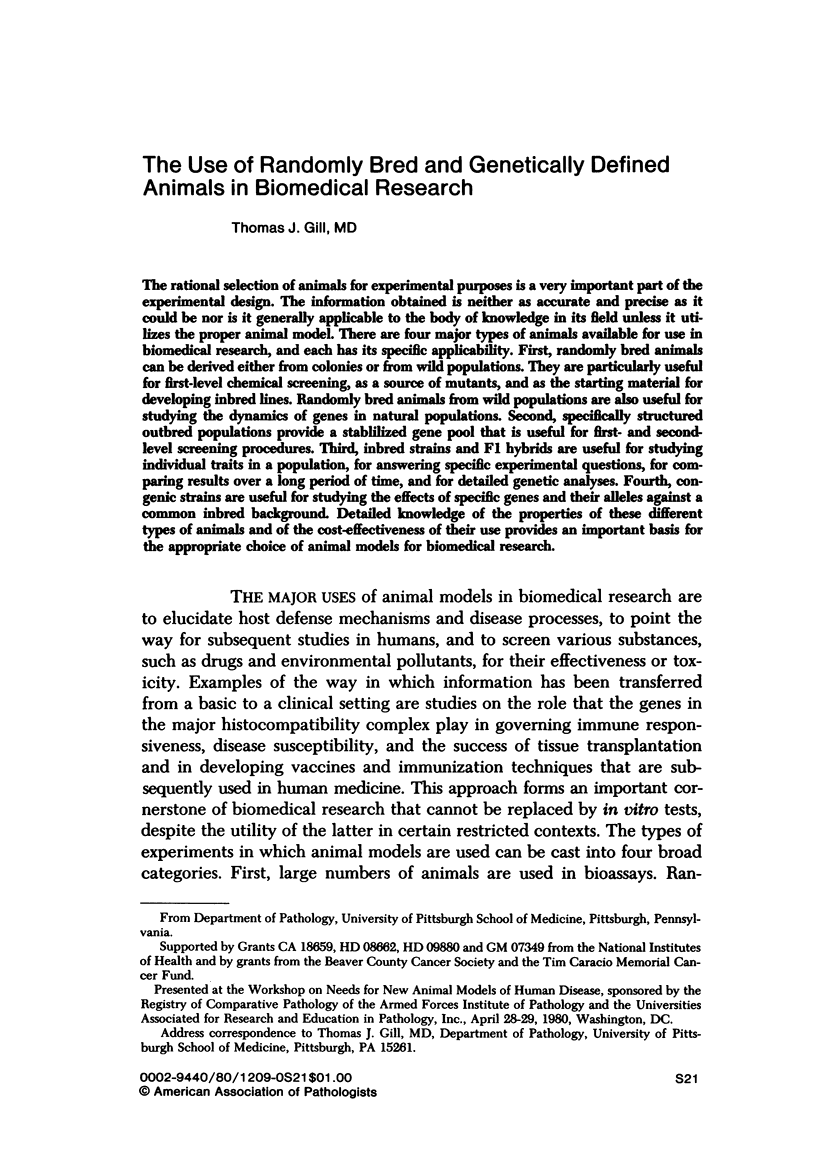

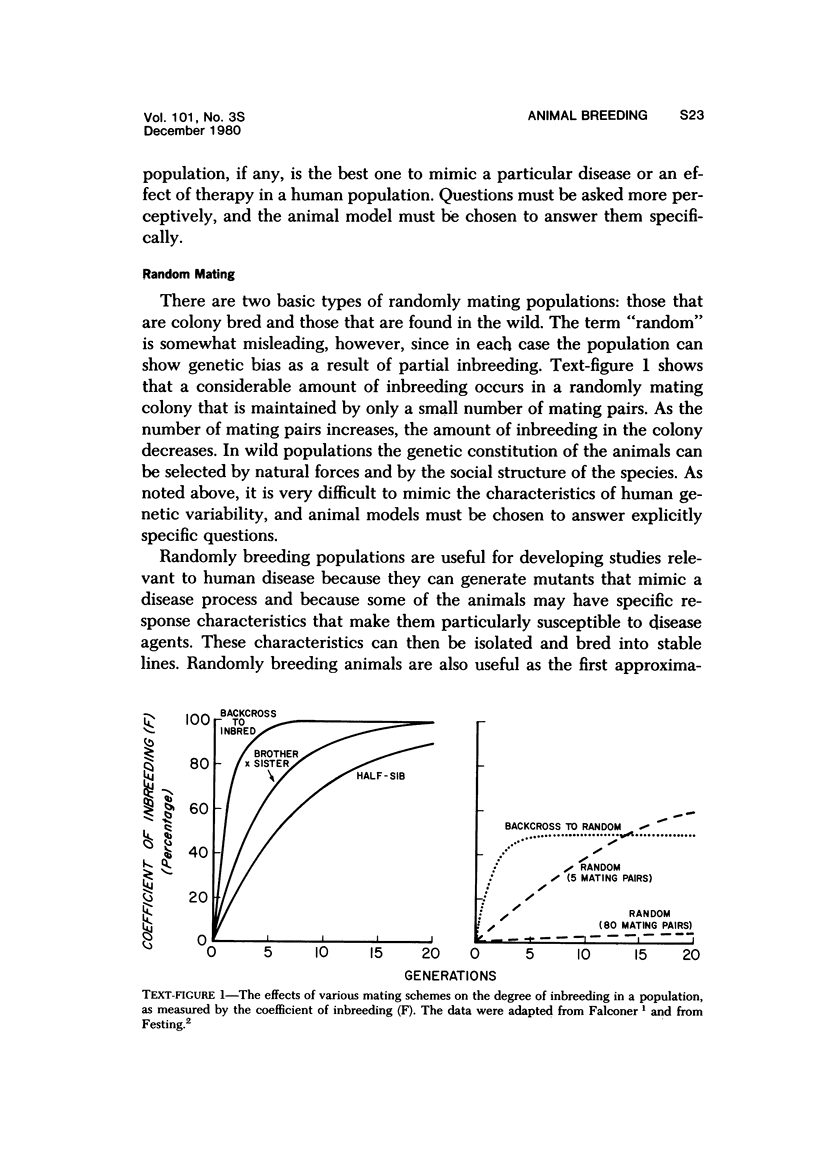
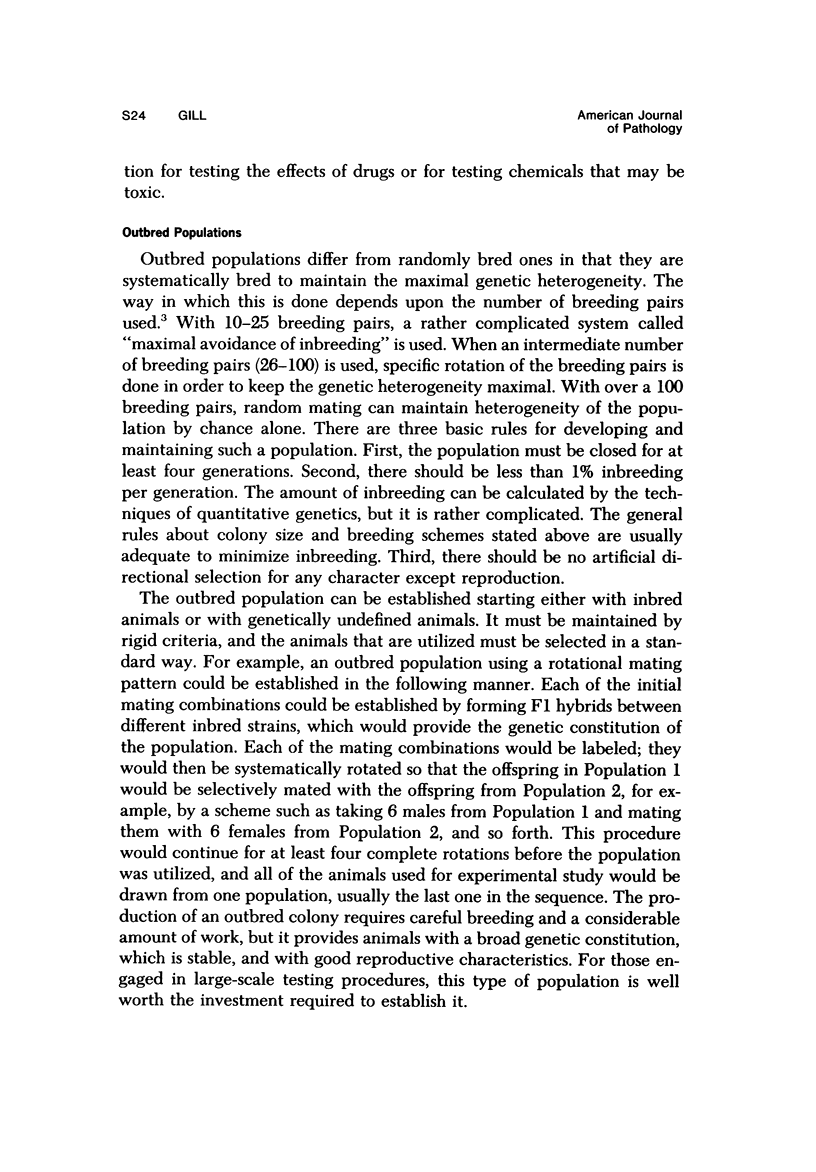

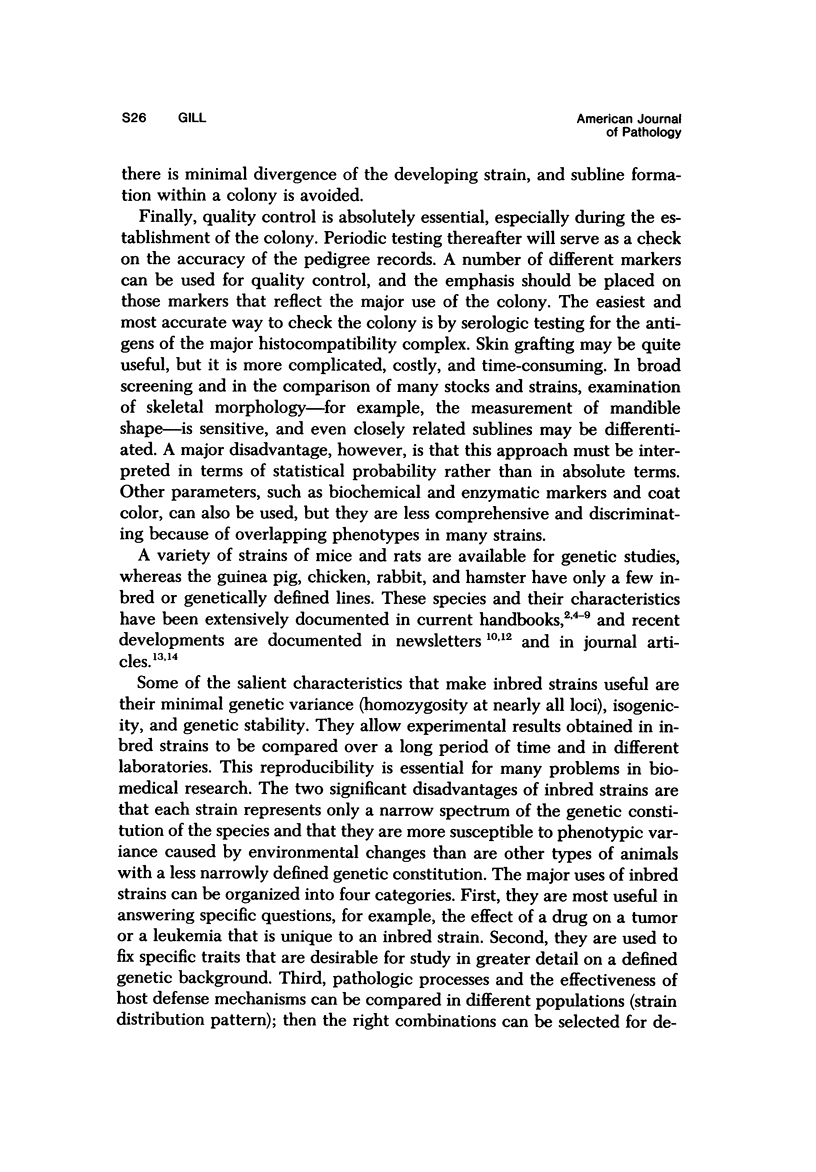
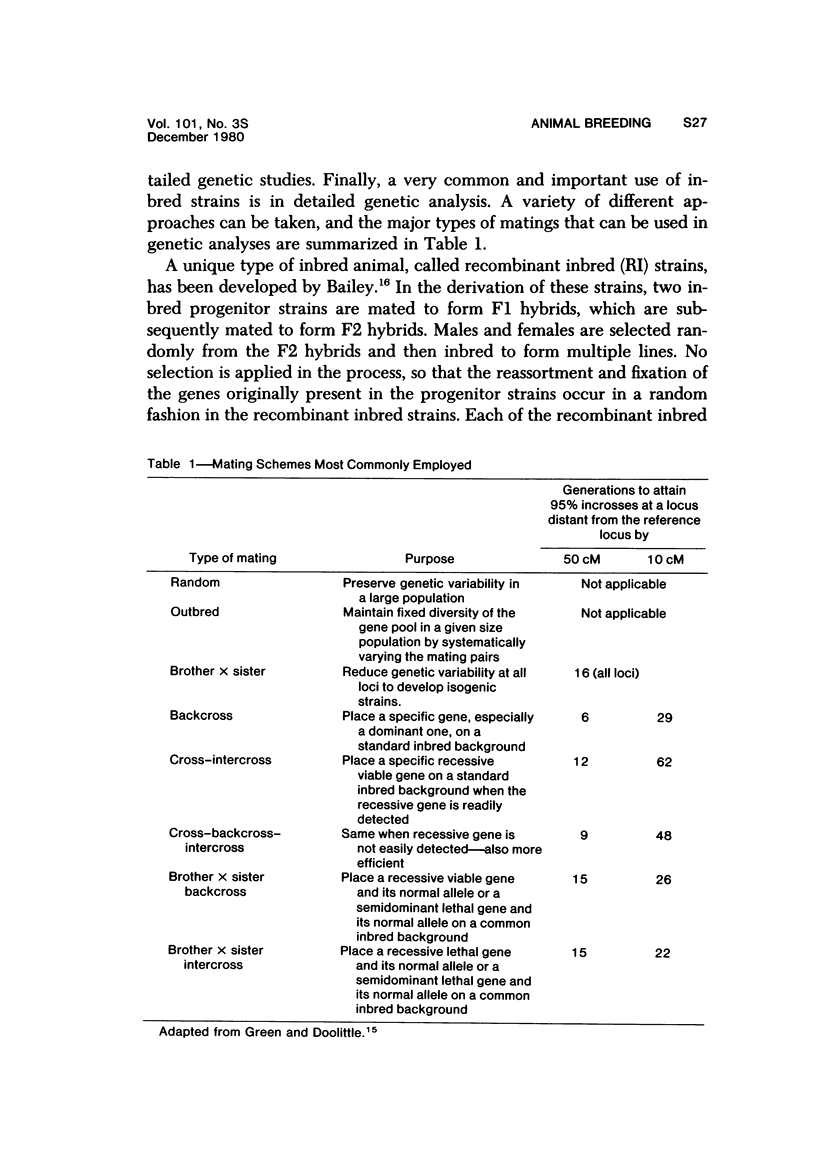
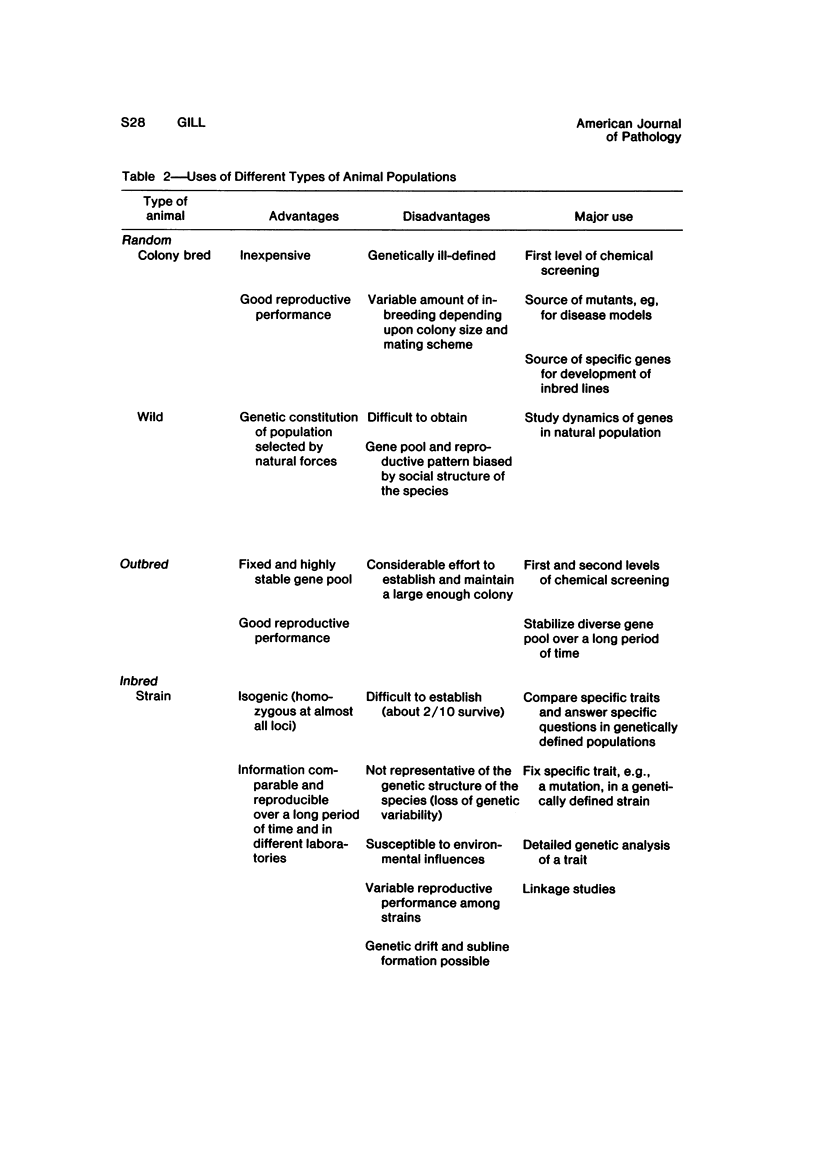
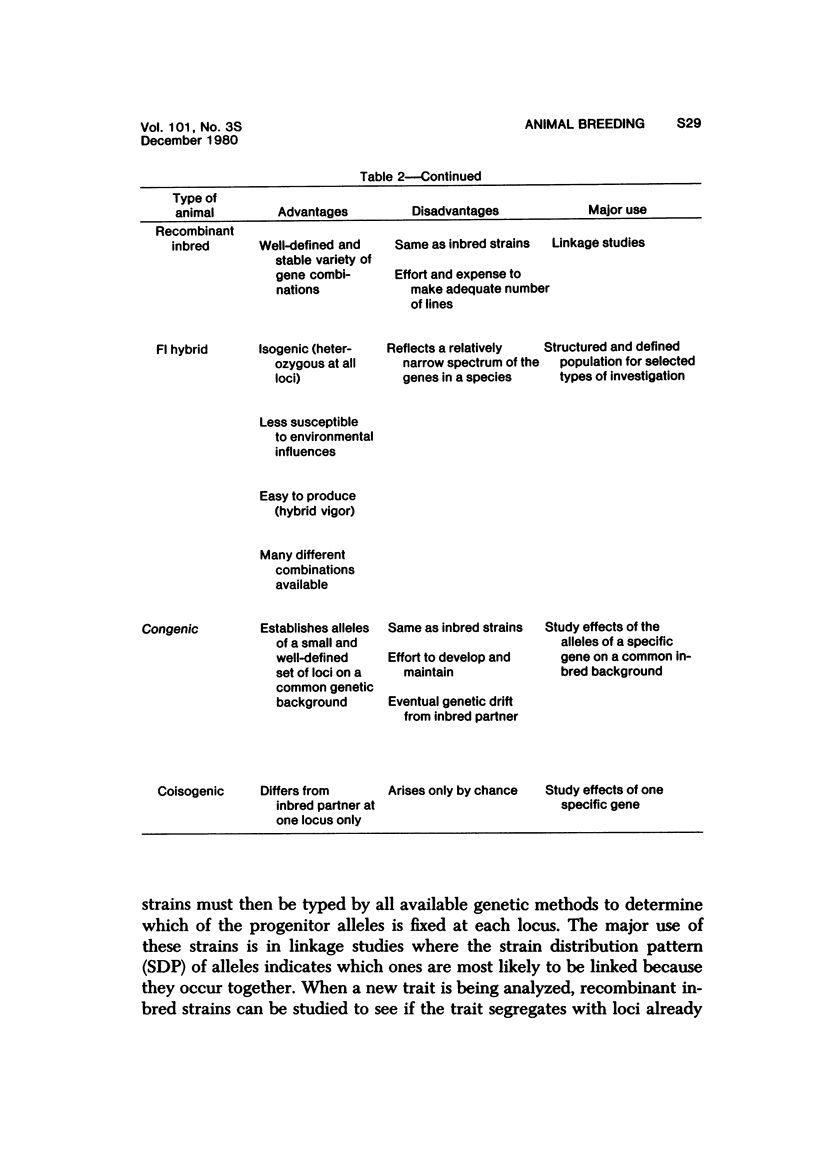
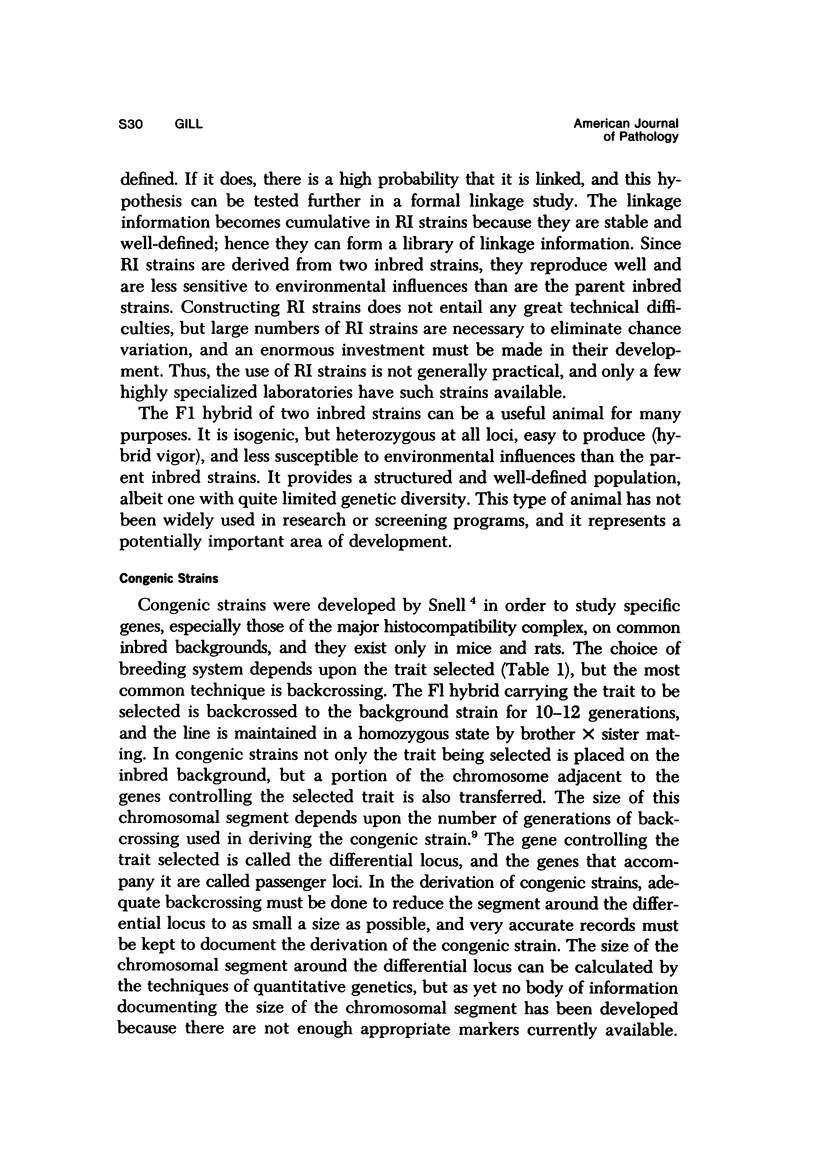
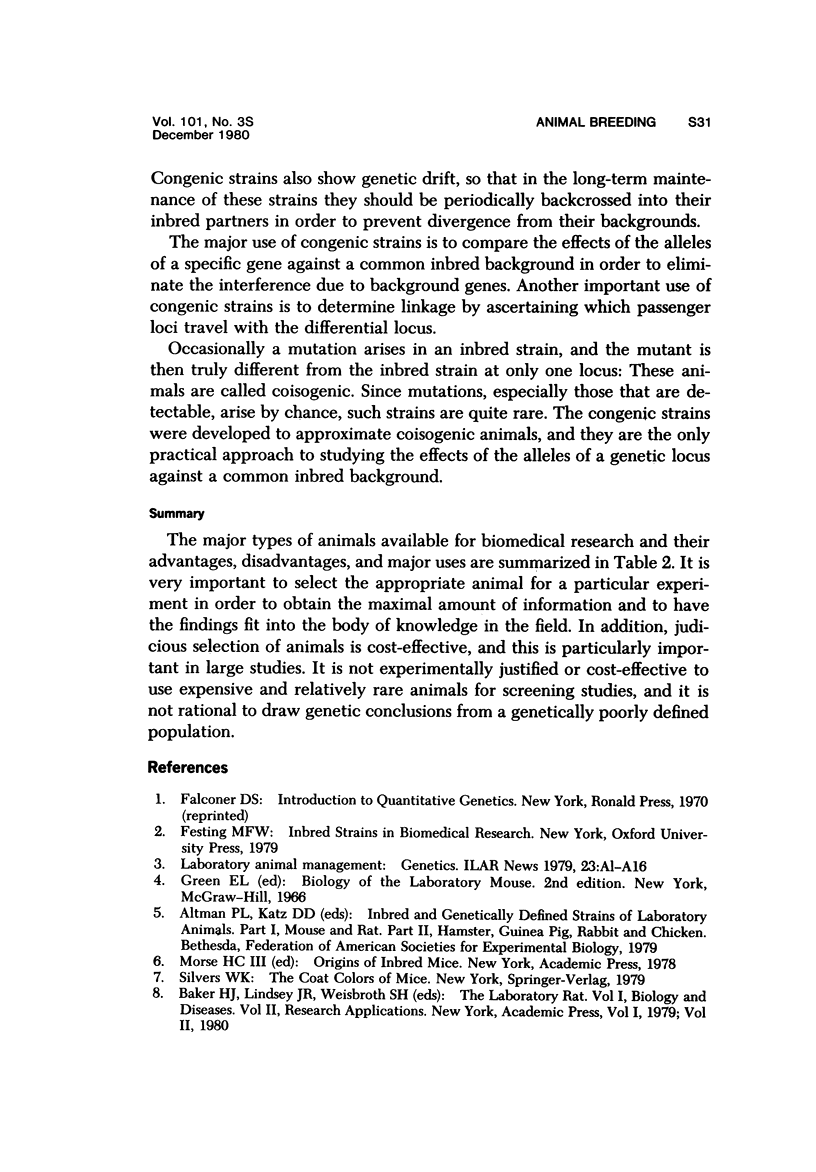
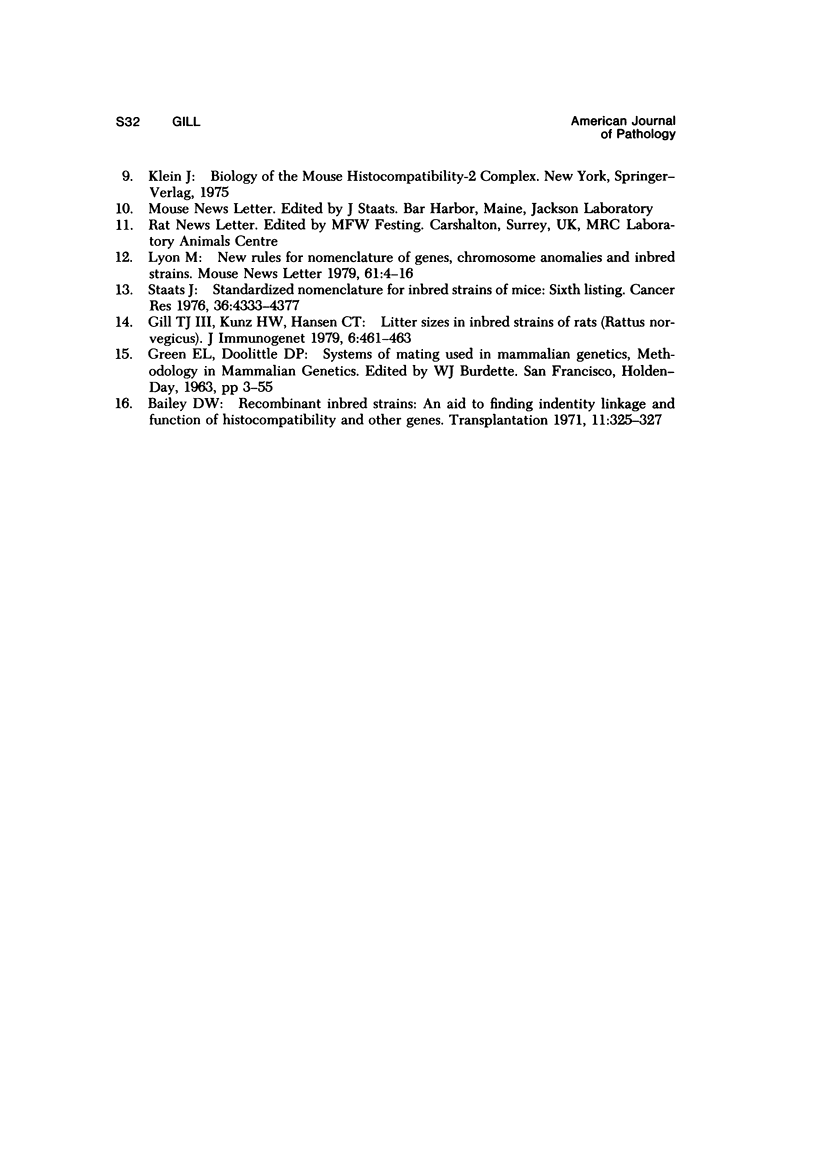
Selected References
These references are in PubMed. This may not be the complete list of references from this article.
- Bailey D. W. Recombinant-inbred strains. An aid to finding identity, linkage, and function of histocompatibility and other genes. Transplantation. 1971 Mar;11(3):325–327. doi: 10.1097/00007890-197103000-00013. [DOI] [PubMed] [Google Scholar]
- Gill T. J., 3rd, Kunz H. W., Hansen C. T. Litter sizes in inbred strains of rats (Rattus norvegicus). J Immunogenet. 1979 Dec;6(6):461–463. doi: 10.1111/j.1744-313x.1979.tb00701.x. [DOI] [PubMed] [Google Scholar]
- Staats J. Standardized nomenclature for inbred strains of mice: sixth listing. Cancer Res. 1976 Dec;36(12):4333–4377. [PubMed] [Google Scholar]


